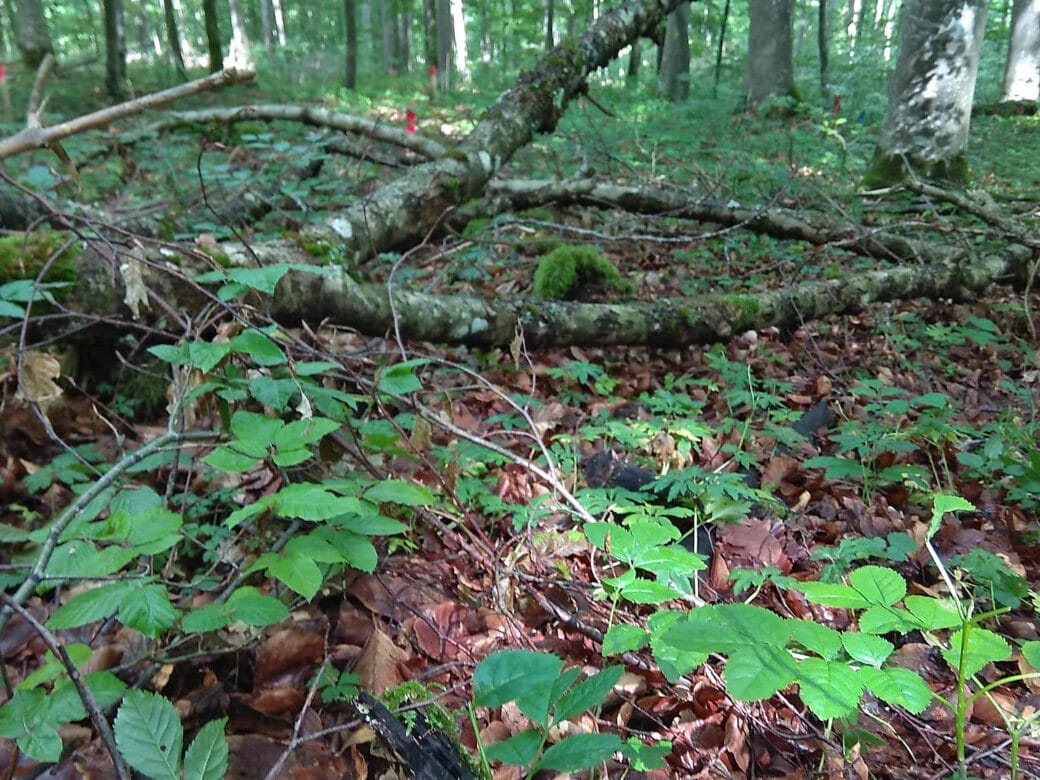Modellierung von Landnutzungseffekten in Bodennahrungsnetze des Waldes

Das Ziel ist eine Beschreibung wie Landnutzung sich auf Muster (Makroökologie) und Prozesse (Biomassenflüsse) der Lebensgemeinschaften auswirkt, wobei die Experimente zur Funktionellen Reaktion mechanistische Modelle liefern. Dies beinhaltet Analysen der Landnutzungseffekte auf (1) die Biomassenflüsse im Nahrungsnetz (Gesamtbiomassenflüsse, Streuabbaurate, Mittelwert und Verteilung der Interaktionsstärken),
(2) makroökologische Eigenschaften der Lebensgemeinschaften
(Verteilung von Abundanz, Biomasse, Körpermasse und Gesamtrespiration) und
(3) Funktionelle Reaktionen.
Dadurch verbindet das Projekt Forschung zu Landnutzungseffekten auf die Biodiversität und Biokomplexität (Artenzahlen, Struktur der Nahrungsnetze, Verteilung der Biomassenflüsse) mit Ökosystemforschung (Streuabbauraten, Gesamtrespiration) und mechanistischen Modellen (Funktionelle Reaktionen).









